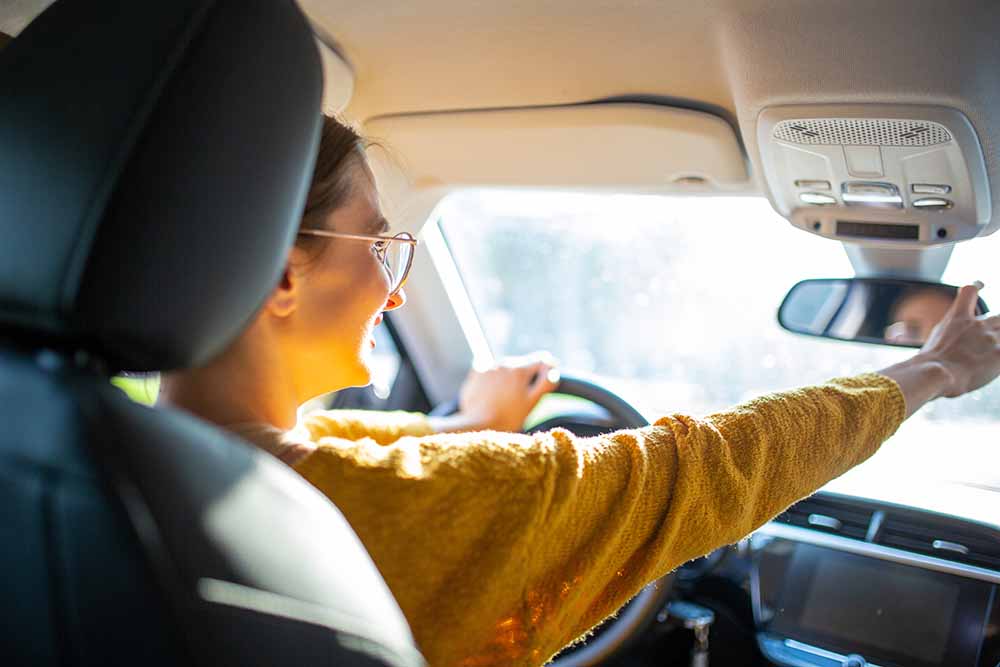
Congratulations! Passing all the tests required to earn a driver’s licence in Canada is a big deal. It’s a milestone worth celebrating. Now, there are a few things you must do – plus a few you’ll want to do – after earning your licence. Don’t worry though, the hard stuff is over; this is where driving gets fun.
Buy a car (or don’t) Practice, practice, practice Get or update auto insurance Know your car Get your car inspected Keep learning Gear up Celebrate with a road trip
Buy a car (or don’t)
The first thing most people want to do after getting a driver’s licence is run out and buy a car. The choices are almost infinite - you could
Practice, practice, practice
It’s completely normal if you’re still not totally comfortable or confident behind the wheel yet. Most new drivers aren’t, whether they admit it or not. Getting comfortable driving in bustling downtown traffic or on major highways takes practice, practice and more practice. The confidence will come as you pile on the kilometres.
Get or update auto insurance
If you buy a car, you’ll need to get it insured. Yes,
Know your car
What’s that warning light on the dashboard? What happens if the washer fluid runs out? What should I do if the tire-pressure monitor says there’s a problem? Don’t panic; these things happen. Ideally though, you don’t want to be flipping through your vehicle’s instruction manual by the side of the road trying to figure out what to do in these situations. Get familiar with your car’s functions and
Get your car inspected
Speaking of garages, it’s a good idea to get your car inspected once a year, regardless of whether you think anything’s wrong or not. You can take it back to the dealer, or to an independent garage, where a professional mechanic will give your car a once-over. They’ll inspect parts that wear out – like tires and brake pads – and top-up or change any fluids as needed. The peace of mind is worth the cost, especially for new drivers. On top of that, a good mechanic will also give you a heads up on any emerging issues that you’ll want to budget for and fix in the future.
Keep learning
Just because you earned your driver’s licence in Canada, it doesn’t mean you’ve got nothing left to learn. Even the best, most experienced drivers are constantly trying to be better, safer road users. Usage-based insurance, like
Gear up
New cars don’t come with everything you need to hit the road. There are a handful of useful items – including a first aid kit, tire inflator, sunglasses and phone charger – you’ll want to keep in the trunk or glovebox at all times. Here’s our handy checklist of
Celebrate with a road trip
Go discover what the “freedom of the open road” is all about. Forget the daily commute and the grocery run. Get out of town, away from home, and see something new. That doesn’t mean you need to drive the full length of the Trans-Canada Highway,